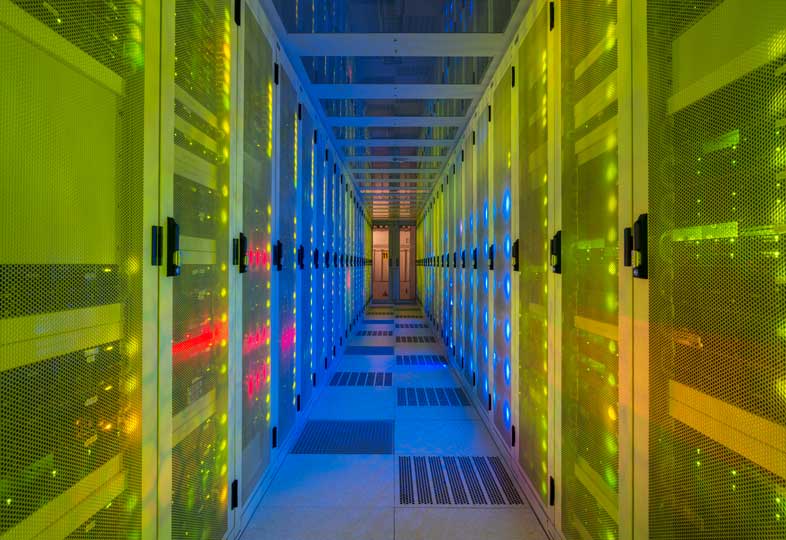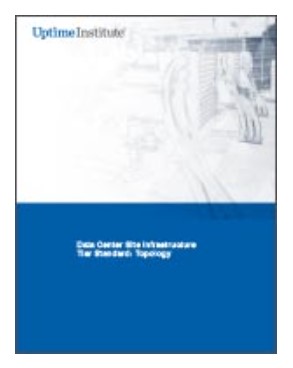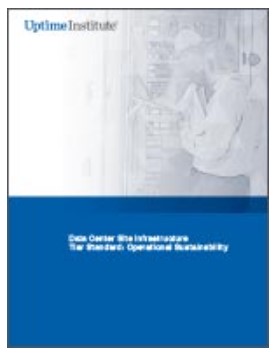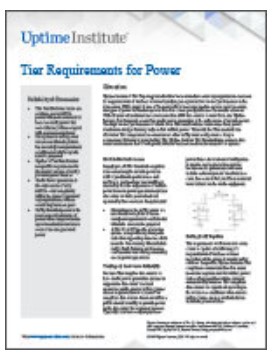The incessant development of activity on the Internet and of the entire industry associated with this technology is giving rise to an ever-increasing flow of information through the network and the urgent need to store, manipulate and analyze a large amount of data in such a way. The data centers nedd to be secure and available for critical industries such as banking, commerce, entertainment and public administration.
Data centers are critical to the functioning of many businesses and organizations. They house the servers and other equipment that store and process data, and they need to be up and running 24/7. One of the most important components of a data center is its backup generator. In the event of a power outage, a backup generator can keep the data center running until power is restored. In this article, we’ll discuss how to choose the right generator for your data center.
The quality of an emergency generator is critical for a data center because it ensures that the data center can continue to function correctly even in the event of a power outage. Data centers are critical services if a data center goes down, it can result in lost revenue, lost productivity, and damage to the organization’s reputation. A high-quality emergency generator can help prevent these problems by providing reliable backup power when it’s needed most.
Here are some characteristics of a high-quality generator for a data center:
- 100% uptime.
- High power quality.
- Custom-fit optimization to meet application-specific requirements.
- Easy installation and maintenance.
- Fast ramp-up.
- Minimized harmonics.
- Compact sizes for the smallest genset footprint.
A power generator for a data center, or “Data Center Power application” (DCP), its an arrangement of equipment, components, and devices arranged in such a way as to guarantee an uninterrupted supply of electrical energy for a data center when the utility power failure.
The system is made up of a generating plant combined with an uninterruptible power supply (UPS) that has batteries for the limited supply of electricity resulting from a power outage.
The UPS supplies power to the connected electrical equipment while the generating plant starts up, which will assume the load previously determined as critical and essential. This is done through the use of switches, and once the power plant is operational, it is disconnected from the UPS.
When the main electrical flow normalizes, the backup process is deactivated, and everything returns to normal.
Factors to consider when choosing a generator for a data center.
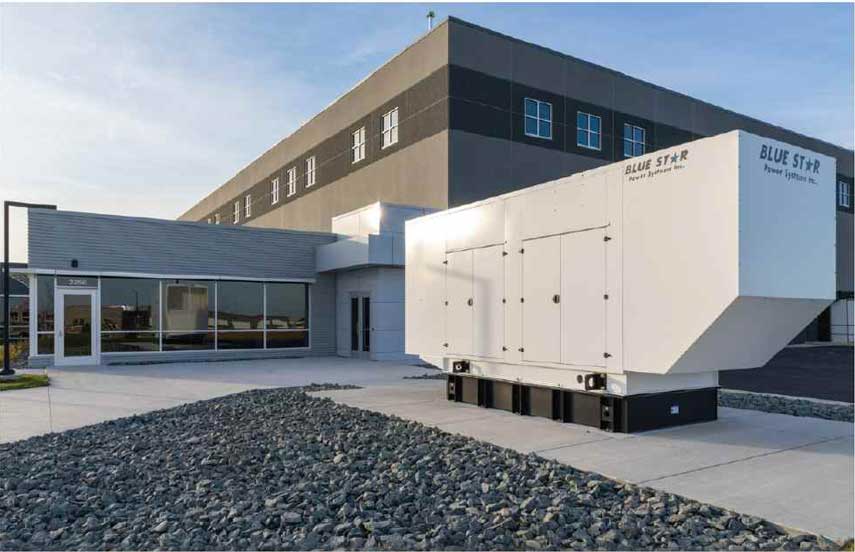
Type of generator system required.
You must take into account physical, operational and geographical aspects, such as:
- Data center location.
- Location of backup power generator.
- Load or energy demand to satisfy.
- Proper electrical arrangement.
- Required sequence of operation.
Data centers typically require at least one diesel or gas backup generator to ensure uninterrupted operation even in the case of a large-scale power outage. The electricity from both the local utility company and the backup generator is delivered with a medium voltage (10 kV or 20 kV for some data centers.
It is recommended to have at least two backup generators in case one fails when facing an emergency. The generators are typically connected in parallel with each other and with the utility power source. The generators are also connected to a switchgear that can automatically transfer the load from the utility power source to the generators when there is a power outage.
This arrangement of generators must have access to a fuel tank that allows the autonomy of the system to face long electrical blackouts. The autonomy of the system and consequently of the entire data center will depend on this component. We recommend designing your system for several days of autonomy and in the best case, depending on the history of the area where the data center is located, up to weeks.
Equipment certifications and their emission standards must be taken into account.
The quality mark is the reliability credential of a power generating equipment. Some well known ones are:
- Underwriters Laboratories UL.
- European Union (EU).
- Environmental Protection Agency (EPA).
- Others issued by the generator manufacturer itself.
Compliance with Applicable Technical Standards (NTA).
Compliance with standards ensures quality, safety and reduces equipment risks. In this case, some of the rules applicable to the selection of backup generators are:
- ISO 8528.
- NFPA 110.
- NEC or NFPA 70.
- National and local regulations.
Compliance with design, construction and operation standards of Data Center entities.
Likewise, there are international standards that define a correct design, installation and operation of a data center and will also affect the selection and design of the emergency generation system.
Some of these international standards are published by the following entities:
- Uptime Institute.
- ANSI (TIA-942).
- ICREA
Prime, standby, or continuous?
As we have said in the previous point, the background and quality of the electrical service provided in the area where the data center is located must be reported in detail. It may also be helpful to check with your service provider about short-term service improvement plans or contingency situations they may be facing. This will help define the type of generator your data center requires. And basically, the central characteristic to be evaluated is the operating autonomy that the device will have to deal with blackouts in the area where the data center is located.
The type of generator needed depends on the specific requirements of the data center. Here are some details about each type:
- Prime power generators are better for continuous use, especially when variable loads or overload situations might be present.
- Standby generators should be run for no more than 200 hours per year at an average load of 80% their rated maximum output.
- Continuous generators are designed to provide a steady power load over the entire time frame it is used.
Size of generator needed.
The size of the energy backup system for a data center depends on the specific requirements.
The backup system should be able to provide enough stable power to keep the data center running during a power outage. The size of the backup system will depend on factors such as the size of the data center, the amount of power required, and how long the backup system needs to run.
Additionally, the size of the backup sustem should be such that it can handle the data center’s consumption plus a security gap. The greater that security gap is, the more relaxed the system will be to face the energy contingency. We have seen that some systems are overestimated between 10 and 20% of the projected average consumption.
In addition, the design of the emergency generator fuel source and its availability when facing a contingency is a crucial element for the design of the system since the autonomy time will depend on this factor.
To determine the required equipment, it is essential to know the operational working conditions. Some aspects that should be taken into account are:
- Number of circuits to connect: essential loads and optional loads.
- Types of loads: electrical loads and/or mechanical loads.
- Peripheral accessories to the generator: they can represent up to an additional 65%.
- Anticipated load factor: equipment usage percentage, the most common is 50%.
- Future growth: this represents an additional weight in the cost of the equipment.
- Allowed limits: electrical charge to be supported after 10 seconds.
- Size and capacity of transfer boards.
- Budget availability for investment.
The Uptime Institute is the internationally recognised body that specifies and certifies how Data Center facilities should be designed. It classifies them in four different levels, according to their availability: Tier I, II, III and IV. The precise factor that determines whether a facility is in one level or another is the number of continuous supply sources and the number of emergency supply sources that are available.
Below is a summary of the information provided by the Uptime Institute:

Below are other documents of interest provided by the Uptime Institute:
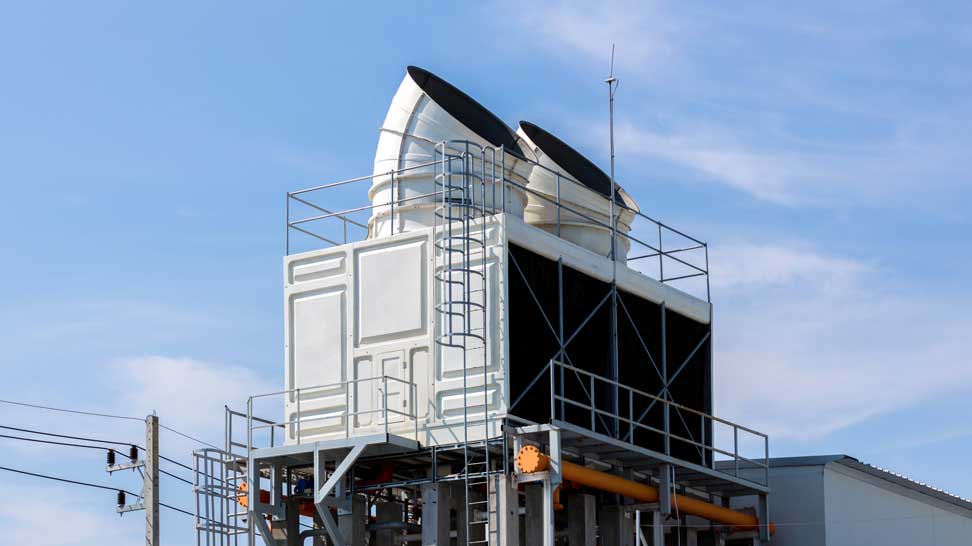
The attributes of a generator set for a data center application and its components will largely match those of an emergency set for any other facility, although the choice of some of those components may be perhaps more critical in emergency sets. a data center application.
Of all the elements, the most important is the engine, since it is where the power generated by a generator set comes from. The motor for a data center application must have an electronic speed governor so that it can quickly reach the right voltage and frequency conditions whenever a network failure requires it to start. Once those parameters are set, you can maintain them for as long as you are running. When deciding on the size of the motor must be taken into account the environmental aspects that are common to all applications, such as ambient temperature and altitude must be taken into account.
The declared power for the COP of an engine is around 80-90% of the nominal power. Sizing generator sets based on their COP implies having to choose larger motors with the corresponding increase in the cost of the motors themselves and in the costs derived from needing more installation space and more cooling. Not only that, the engine would not be running at its most efficient load point, which is around 100% power.
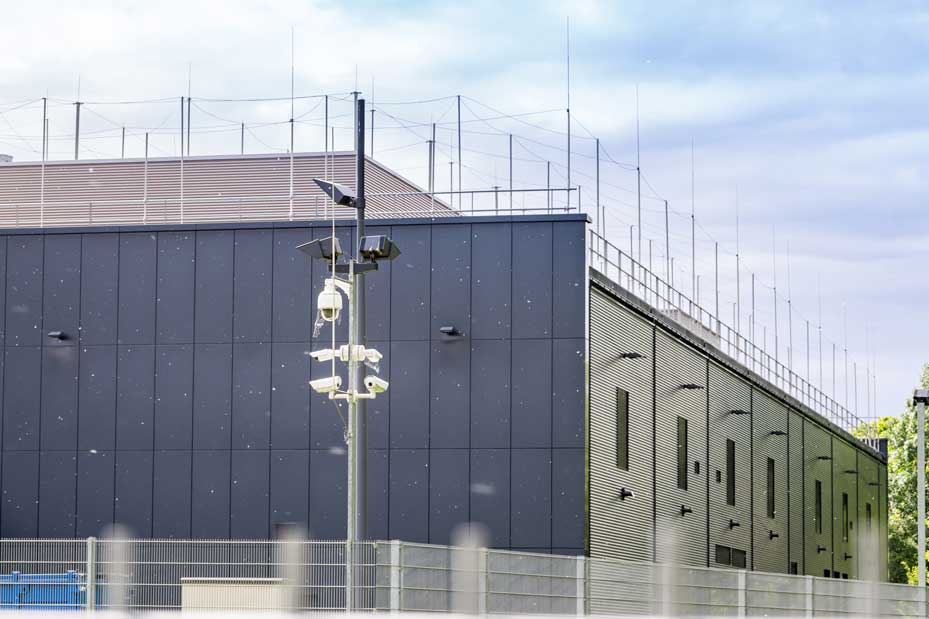
For this reason, in order to be more competitive in the market and save unnecessary costs for the end customer, the main manufacturers of diesel engines for power generation have added a new power declaration, the Data Center Power (DCP). In most cases it matches its PRP statement according to ISO 8528-1:2005, ie 100% power, but with a difference: in this case it is powered continuously. After a statistical study of the probabilities of failure and taking into account the experience in existing installations, these same manufacturers have determined that, in countries with a stable network, the frequency with which emergency generator sets come into operation is minimal and when this occurs is for a very short period of time. For this reason, they can allow a high percentage load on their engines during operation.
Commissioning is relevant when choosing motors for this type of application where reliability is crucial. For better system performance, it is possible to improve the starter included as standard in the engines by incorporating redundant systems with two electric motors with independent battery systems or the combination of an electric motor and another pneumatic or hydraulic starter.
The alternator is of course the other key element in a generator set for a data center standby generator. A very good quality AVR (Automatic Voltage Regulation) card will keep the voltage variation at values below 0.5% and a well designed and manufactured winding will keep values of harmonic distortion and interference with telecommunications low. The use of a permanent magnet (PMG) will ensure a supply to the AVR independent of the main winding and reliable in case of sudden loads, thus guaranteeing good excitation power to the regulator at all times. A good starting of the winding, IP23 enclosures and even anti-condensation resistors are vital for the alternator’s durability, especially in areas with high levels of ambient humidity.
The cooling package we choose is also important in installations of this type, as generator sets are sometimes located on the ground floor or underground, with limited openings to allow air to flow freely from outside. That is why generator set manufacturers must have a good team of engineers and experience in the design of remote cooling systems located on upper floors or on the roof, which cool the engine through intercoolers and secondary circuits.
The assembly control unit is in charge of controlling, measuring and manipulating all these elements. There are different brands of control units on the market, for different applications. We recommend using those that can detect failures in the network to give the order to start the group. These control units may include different communication protocols to integrate the generator set, its operating parameters and alarms into the building facility management systems. They can also be remotely monitored and controlled.
Best fuel source to use.
Diesel remains the prominent choice for mission-critical installations, with the most popular size range from 1000-3000 kW. The system can run on renewable liquid fuels which can help data centers reduce the impact of their operations and achieve their environmental, social, and governance (ESG) goals.
Diesel has been the traditional choice for generator fuel because it is widely available, easy to store, and has a long shelf life. However, natural gas and bi-fuel generators offer extended run times that protect facilities for longer periods of time during a crisis. We are aware of the use of eco-diesel in very large data centers.

Available ex factory. (Call to confirm)
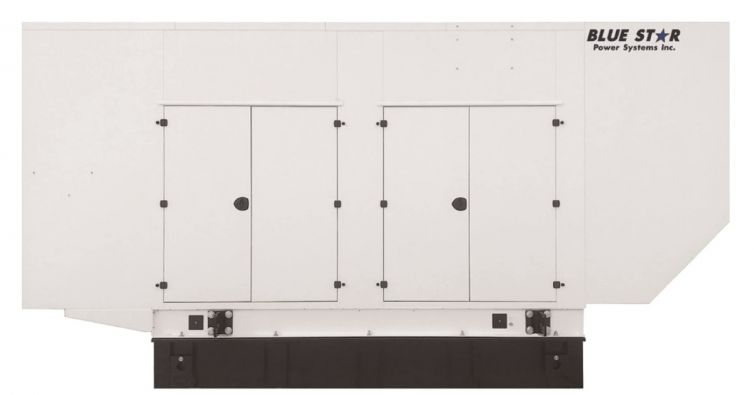

Available ex factory. (Call to confirm)
Available ex factory. (Call to confirm)


Available ex factory. (Call to confirm)
Choosing the right backup power generation system for a data center is an important decision that requires careful consideration of factors as we have seen in this article. By taking these factors into account, data center operators can ensure that their facilities are equipped with reliable backup power systems that can keep their operations running smoothly in any contingency situation.
At Brags & Hayes, we offer all the necessary support to advise you on purchasing this excellent and essential backup energy source for data centers.
Contact us at the phone number +1.954.657.7777, or write to us at info@bnhgenerators.com, and we will gladly help you.


